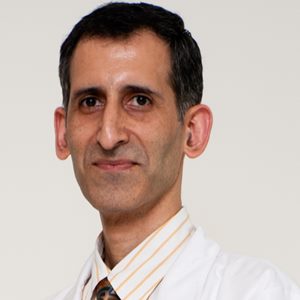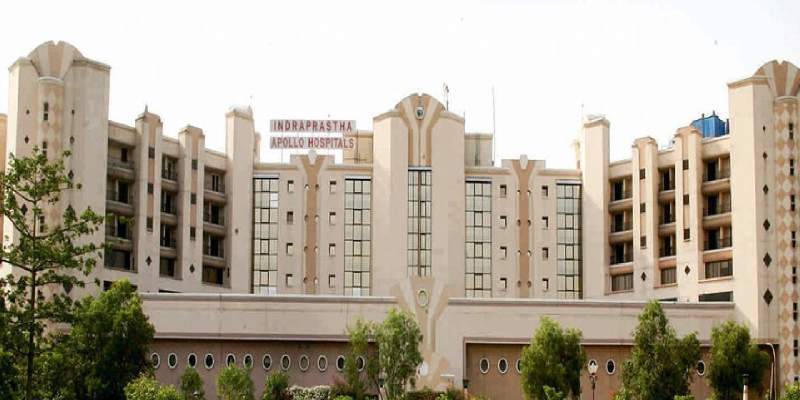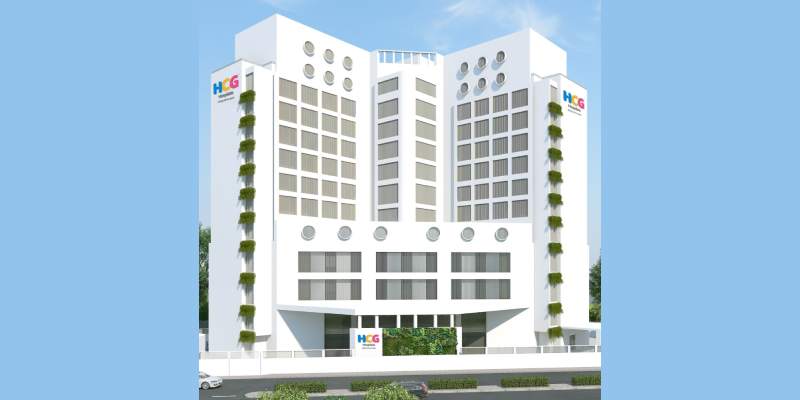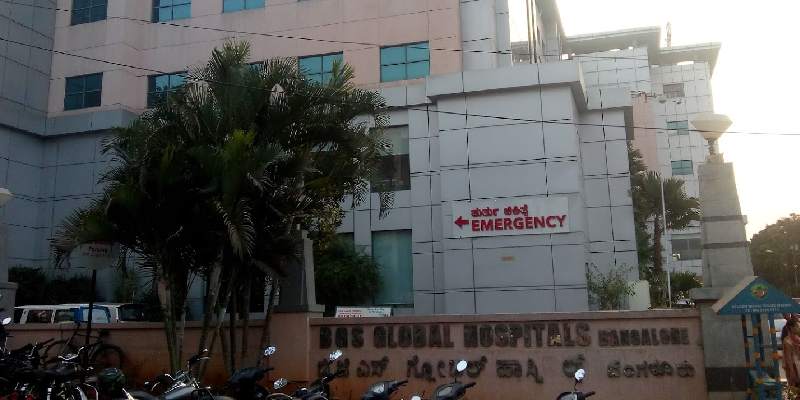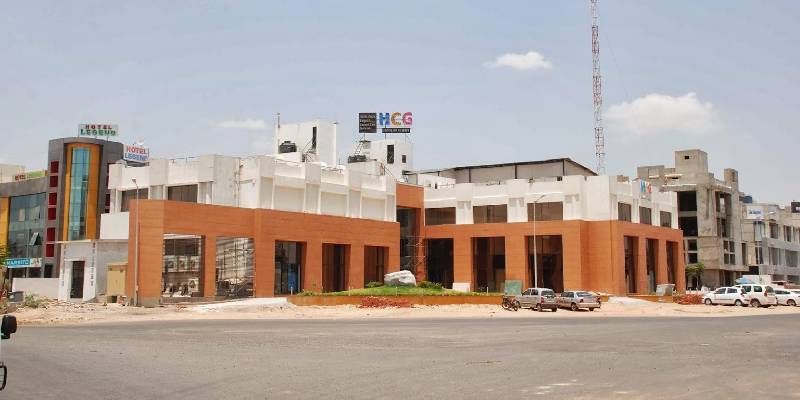Local treatments: Some treatments are called local therapies. In this, they treat the tumour without affecting the rest of the body. Types of local therapy used for breast cancer include:
- Surgery
- Radiation therapy
They are more useful for earlier stage cancers. These treatments are more likely to be useful for earlier stage (less advanced) cancers, although they might also be used in some other situations.
RADIATION THERAPY (RADIOTHERAPY)
After one month of surgery or chemotherapy, radiotherapy occurs. The patient may require three to five sessions per week for three to five sessions per week for three to six weeks.
The type of breast cancer the woman has will decide what type of radiation therapy she may have to undergo. In some cases, radiotherapy is not needed.
Radiation therapy types include:
Breast Radiation Therapy - after a lumpectomy, radiation is administered to the remaining breast tissue
Chest Wall Radiation Therapy - this is applied after a mastectomy
Breast Boost - high-dose of radiation therapy is applied to where the tumour was surgically removed.
Lymph Nodes Radiation Therapy - the radiation is aimed at the axilla (armpit) and surrounding area to destroy cancer cells that have reached the lymph nodes
Breast Brachytherapy - patients with early-stage breast cancer in the milk ducts which has not spread, seem to benefit from undergoing breast brachytherapy with a strut-based applicator.
Fundamental medicines :Breast malignancy can likewise be dealt with utilizing drugs, which can be given by mouth or specifically into the circulatory system. They can achieve tumor cells anyplace in the body, purported as fundamental treatments. Contingent upon the kind of breast growth, a few unique sorts of medications may be utilized, including:
The main breast cancer treatment options may include:
- Radiation therapy (radiotherapy)
- Surgery
- Biological therapy (targeted drug therapy)
- Hormone therapy
- Chemotherapy
SURGERY
Lumpectomy- Removal of tumour and a small margin of healthy tissue around it surgically. It is often known as breast sparing surgery in breast cancer.
Mastectomy- surgically removing the breast. Simple mastectomy involves removing the lobules, ducts, fatty tissue, nipple, areola, and some skin. Radical mastectomy means also removing muscle of the chest wall and the lymph nodes in the armpit.
Sentinel node biopsy- one lymph node is surgically removed.
Axillary lymph node dissection- if the sentinel node was found to have cancer cells, the surgeon may recommend removing several nymph nodes in the armpit.
Breast reconstruction surgery- a series of surgical procedures aimed at recreating a breast so that it looks as much as possible like the other breast. This procedure may be carried out at the same time as a mastectomy. The surgeon may use a breast implant, or tissue from another part of the patient's body.
Chemotherapy
Medications are used to kill the cancer cells - these are called cytotoxic drugs. The oncologist may recommend chemotherapy if there is a high risk of cancer recurrence, or the cancer spreading elsewhere in the body. This is called adjuvant chemotherapy. If the tumours are large, chemotherapy may be administered before surgery. The aim is to shrink the tumour, making its removal easier. This is called neo-adjuvant chemotherapy.
Chemotherapy may also be administered if the cancer has metastasized. It is also useful in reducing some of the symptoms caused by cancer.
Chemotherapy may help stop estrogen production. It encourages the growth of breast cancers.
Protecting Female Fertility – An arsenic-based chemo medication, which is very gentle on the ovaries are used for attacking cancer.
Hormone Therapy (Hormone Blocking Therapy):
Hormone therapy is used for breast cancers that are sensitive to hormones. These types of cancer are often referred to as ER positive (estrogen receptor positive) and PR positive (progesterone receptor positive) cancers. The aim is to prevent cancer recurrence. This therapy is used after surgery or may be used before to shrink the tumor.
If for health reasons, the patient cannot undergo surgery, chemotherapy or radiotherapy, hormone therapy may be the only treatment she receives.
Biological Treatment (Targeted Drugs):
Some drugs are given to the patient to destroy the cancer cells.
Bone-directed Treatments:
When breast cancer spreads, it often goes to the bones. Some drugs can help treat the spread of cancer to the bones and might even help prevent it. Newer drugs are introduced to treat breast cancer that has spread to the bones. They are also looking for ways to identify and target the markers that affect bone turnover.




